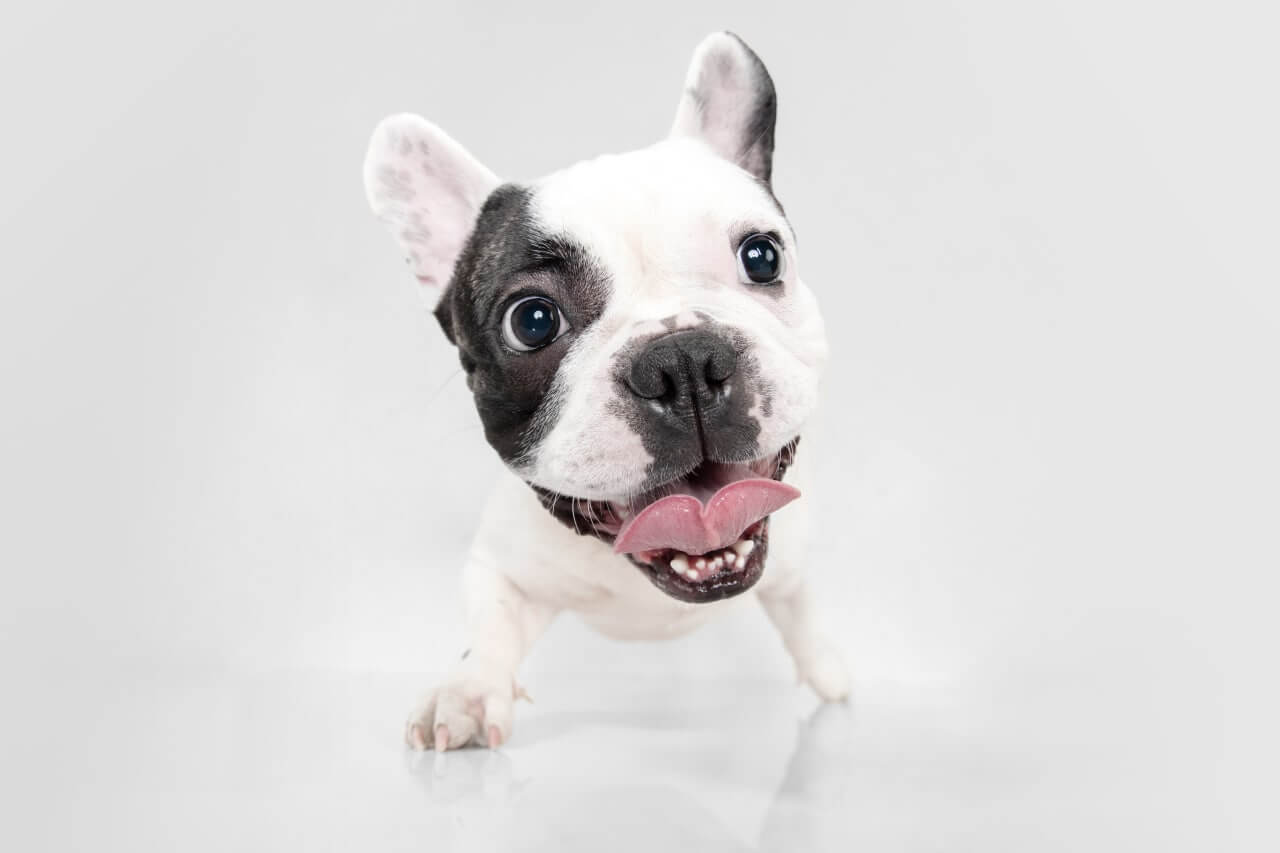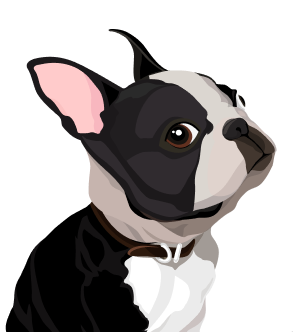Some may say that their dogs are lazy when they don’t want to run or play with toys or follow any commands, even if there’s a treat at stake.
“We got a very stubborn puppy. If he doesn’t want to do something – there is no way to make him do it” – this is not an uncommon opinion.
But let’s think together about what laziness is.
“Being lazy” is either about not feeling well (for example, being tired or sick) or about lacking motivation.
If someone is sick or tired, it is better to dispense with all the tasks.
But if there’s not enough motivation, you should find a way to motivate your pet.
To motivate is the task of a teacher, not of a student.
Any resistance and stubbornness is always a sign of something. Tackling laziness is all about tackling the result, rather than the reason.
You can, of course, force your dog to behave, even when they “can’t” and “don’t want to”. There is a chance your puppy will do what you tell them to do when they don’t have a choice. After all, the puppy is fully dependent on you.
 But this is not how we work with
puppies!
But this is not how we work with
puppies!
When working with a dog, it’s crucial to motivate them and understand what exactly can be a motivator for a dog to cooperate with you.
There are two main types of motivation that nearly all dogs have: food and playing.
All dogs love eating, and it is better and more reliable to start training a dog using treats. Food calms the nervous system, makes the dog more focused, and it is easier for them to understand which action exactly they are rewarded for.
In addition, when the puppy is still small, their only wish is to eat as much as possible. So it’s much easier to negotiate with them this way.
Playing is also a great motivation tool in dog training because you can use it to control your dog’s excitement level and the training process itself.
Usually, one type of motivation is more prevalent in puppies: either play or food motivation. How do you check what your puppy’s motivation is?
Get some food and some toys. Give your puppy a few treats in a row, then hide the food and offer your puppy to play with a toy.
If your puppy easily switches to the toy and then back to food, this is a great sign! Such dogs also exist in nature.
But in most cases, one interest is stronger than the other – either to eat or to play.
If your puppy ignores the toy and tries to find the food you’ve hidden, your puppy is most probably a “foodie”, and you will have to work a bit on their play motivation.
If you play with your puppy, hide the toy, and offer them treats. If the puppy ignores them or quickly grabs and then spits the treats out, trying to find the toy at the same time, it means your puppy likes playing more!
In this case, you’ll have to work on developing food motivation.
Here’s a simple exercise aimed at increasing food motivation.
Get some treats, toss them in different directions, but not far from you. Give your puppy the “Find it” command, and get engaged in the game yourself. As soon as the puppy gets to the treat and eats it, toss another treat in the opposite direction.
Always use treats that contrast with the floor, so that the puppy sees them well.
There is one more way to play the same game.
Hold the treats in your hands, hold one close to your puppy’s nose and start running away. As soon as the puppy starts chasing your hand, give them the treat, praise them actively, and run in the opposite direction right away.
Tip: all nose work games during which your puppy needs to search for treats will also help develop their food motivation.
And here’s a simple exercise aimed at developing play motivation.
Hold a toy in one hand and a treat in another, make the toy “run away” from the puppy. Reward the puppy for any interaction and any interest in the toy with a treat. Teach your puppy to play this way.
